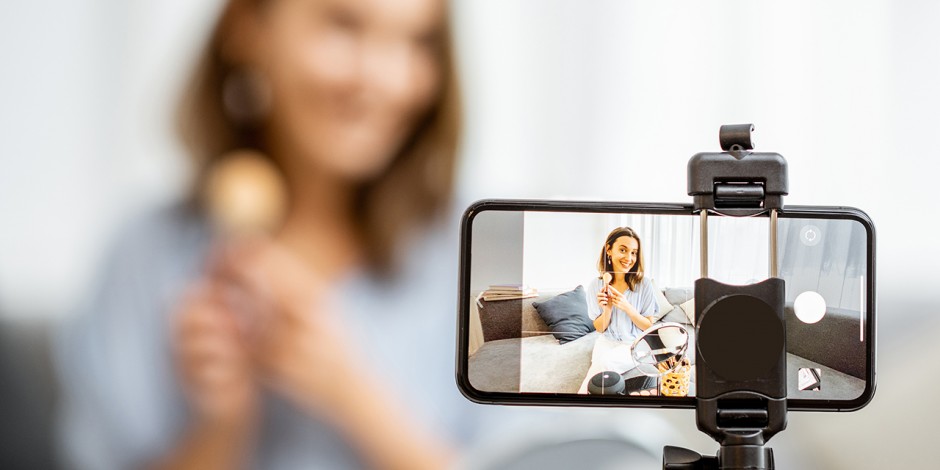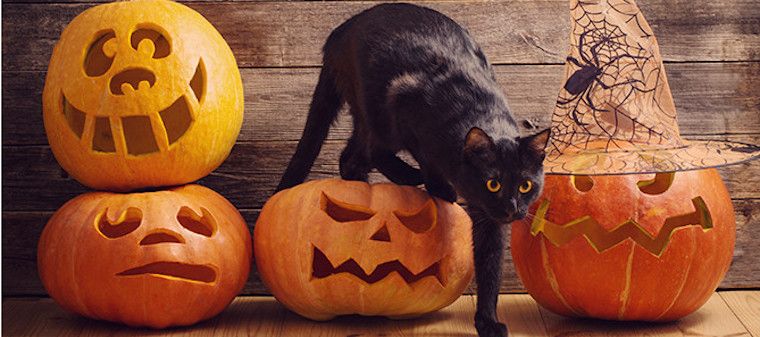As the social media landscape becomes more complex, PR pros debate whether Facebook is still an essential platform. This is particularly true for B2B PR and marketing teams. For B2B communications, LinkedIn is typically the top social destination, and Twitter may also be useful, but few brands prioritize Facebook.
Yet it may be a mistake to overlook Facebook. It remains the primary content distribution channel for marketers. Forty-six percent use the platform – more than the 33% who use LinkedIn. Facebook also overshadows other social channels with its sheer size. It has a user base of 1.6 billion, who spend an average of 35 minutes a day there. In 2021, marketers should reassess how they use Facebook and make full use of the tools it offers. But are these stats meaningful for B2B campaigns on Facebook?
When to use Facebook for B2B marketing
Here are B2B social strategies that perform best on Facebook.
B2B Facebook Ads – Advertising offers a strong return
Looking to build brand awareness? Remember, business buyers are people, too, and most of them are on Facebook. With the right audience data, B2B Facebook advertising can get your brand in front of your targets. Its relatively low CPM offers a better return on advertising spend than LinkedIn in most cases. It may also offer a greater reach, and its ad tools are far superior. Facebook’s advanced machine learning algorithms, user data, and web tracking and analytics enable greater conversion optimization for ads.
Retargeting is easy
Facebook Pixel, an analytics tool that can be installed on a website to measure Facebook Ad performance, lets you track leads across various devices and retarget visitors with ads on other platforms. LinkedIn offers a similar tool; its Insights Tag can be used for retargeting but is more expensive than Pixel.
Target groups with thoughtful content
Facebook Groups offer ways to locate a specific audience and direct commentary on relevant topics to its members. Since Facebook changed its algorithm in 2018, the newsfeed has prioritized posts that inspire back-and-forth discussion, which include posts from Facebook Groups.
Facebook Groups for business give brands the opportunity to organically build engagement while discussing technical and insider information, with lead generation as an added benefit.
Targeting local and small businesses
Most small business owners find Facebook to be the best social media platform to connect with their customers. For large B2B marketers who target SMBs, Facebook may be an ideal environment. Small business owners are likely to check their feeds on a daily basis, making them easily targetable with product and service marketing messages.
New and useful Facebook features for B2B PR and marketing
Facebook isn’t the same platform today as it was just two years ago. It has introduced new ways for marketers to share content with an intended audience. Here are some B2B marketing tactics that brands should consider using on Facebook.
Video thrives on Facebook Lives
The rise of social channels like TikTok has propelled video as a major content trend in 2020 – and this is projected to continue into 2021. “Lives” marries the content trend to the popular theme of personal connection. Facebook isn’t the only platform that offers its users the Live feature; LinkedIn has a similar feature – but Facebook allows all users access while LinkedIn requires prior approval.
Brands can commit to conducting a Q&A or demo on Facebook Live once a week, which is a brilliant way to increase video content and repurpose it on all social channels. Facebook Live videos can be republished on YouTube or LinkedIn, and edited for shorter clips to post on Twitter. Video summaries of current blog posts are another way to ramp up video content.
Many marketers recommend that 20% of published social media posts have a video element to them – even animated GIFs count!
Try unpolished images to drive engagement
Marketers know that posts with images are more likely to make audiences stop scrolling and engage. As social media evolves and algorithms change, users are scrolling more and more. One emerging trend on Facebook to stop the scrolling is nixing polished stock photos for more candid-looking, unvarnished images. This trend applies to both paid and organic Facebook posts.
Think you’ll be met with pushback? Consider testing a consistent brand image versus a more relaxed shot of what looks like could have been posted by a friend. That way, any changes will be data-driven.
Facebook Messenger allows personalized comms
Personalized B2B communication is another emerging social media trend. Human-to-human (H2H) conversations in comments and DMs drive more conversions compared to a messaging campaign or post.
Facebook Messenger, which uses bots to set up and send personalized messaging, can be an effective tool for engaging and converting page followers. Marketers report significantly higher engagement with Messenger as compared to email. Brands can send messages free for the first 24 hours, then assess their effectiveness through automated tools. If a portion of your customer bases uses Messenger and you have the budget, a Messenger test could be well worth it.
Customer service and customer sentiment
B2B companies should be actively working to strengthen relationships with their current customers, as well as limiting any reputation damage that results from posts by unhappy ones. Marketing should work with the customer service to address negative posts in real time. Never let requests for help or complaints go unanswered.
A “listening station” that monitors Facebook for any mention of your brand, products, and events, as well as those of competitors, can provide valuable information about activity on the platform.
Change up your social strategy
Social media is constantly changing. Social strategies need to shift with consumer habits, so most brands rethink or reevaluate their social approach regularly. While Facebook may not be the first line of defense for B2B marketing, but the data shows it can be very effective.















